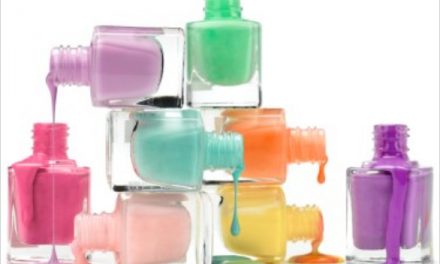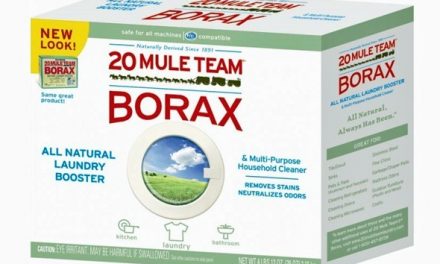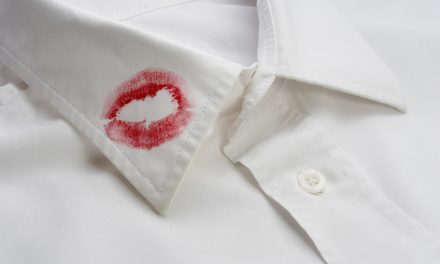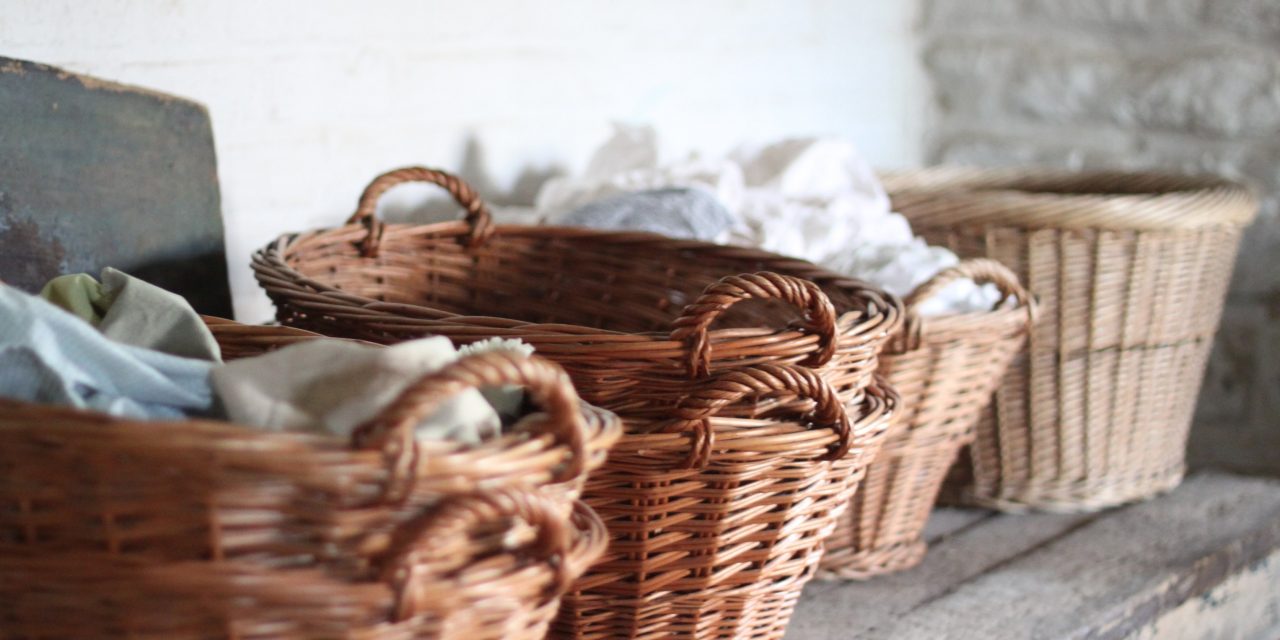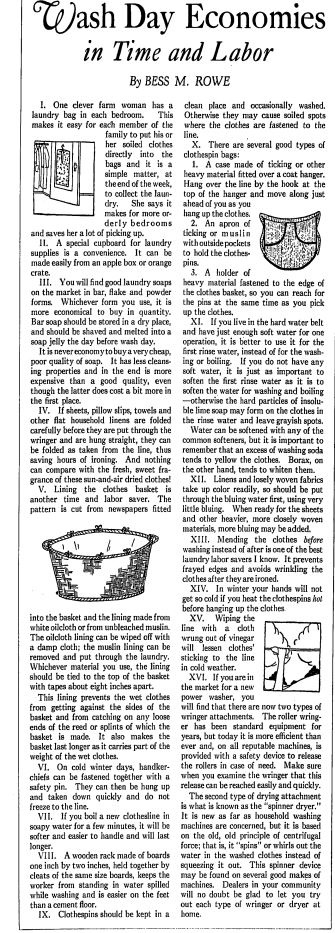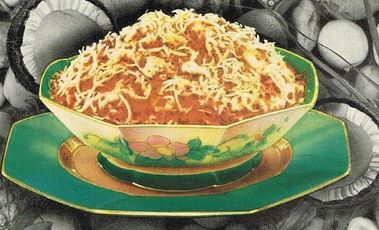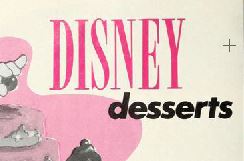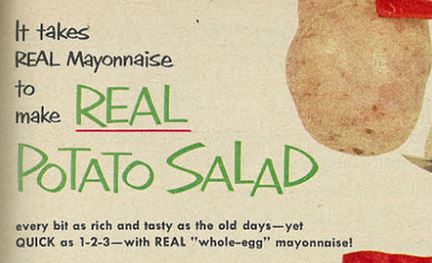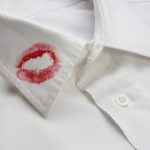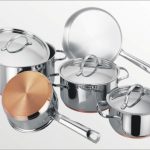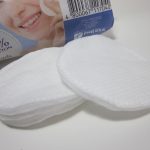Wash Day Economics in Time and Labor (1933)
I
One clever farm woman has a laundry bag in each bedroom. This makes it easy for each member of the family to put his or her soiled clothes directly into the bags and it is a simple matter, at the end of the week, to collect the laundry. She says it makes for orderly bedrooms and saves her a lot of picking up.
II
A special bupboard for laundry supplies is a convenience. It can be made easily from an apple box or orange crate.
III
You will find good laundry soaps on the market in bar, flake and powder forms. Whichever form you use, it is more economical to buy in quantity. Bar soap should be stored in a dry place, and should be shaved and melted into a soap jelly the day before wash day.
It is never economy to buy a very cheap, poor quality of soap. It has less cleansing properties and in the end is more expensive than a good quality, even though the latter does cost a bit more in the first place.
IV
If sheets, pillow slips, towels, and other flat household linens are folded carefully before they are put through the wringer and are hung straight, they can be folded as taken from the line, thus saving hours of ironing. And nothing can compare with the fresh, sweet fragrance of these sun and air dried clothes!
V
Lining the clothes basket is another time and labor saver. The pattern is cut from newspapers fitted into the basket and the lining made from white oilcloth or from unbleached muslin. The oilcloth lining can be wiped off with a damp cloth; the muslin lining can be removed and put through the laundry. Whichever material you use, the lining should be tied to the top of the basket with tapes about eight inches apart.
This lining prevents the wet clothes from getting against the sides of the basket and from catching on any loose ends of the reed or splints of which the basket is made. It also makes the basket last longer as it carries part of the weight of the wet clothes.
VI
On cold winter days, handkerchiefs can be fastened together with a safety pin. They can then be hung up and taken down quickly and do not freeze to the line.
VII
If you boil a new clothesline in soupy water for a few minutes, it will be softer and easier to handle and will last longer.
VIII
A wooden rack made of boards one inch by two inches, held together by cleats of the same size boards, keeps the worker from standing in water spilled while washing and is easier on the feet than a cement floor.
IX
Clothespins should be kept in a cleamn place and occasionally washed. Otherwise they may cause soiled spots where the clothes are fastened to the line.
X
There are several good types of clothespin bags:
1. A case made by ticking or other heavy material fitted over a coat hanger. Hang over the line by the book at the top of the hanger and move along just ahead of you as you hang up the clothes.
2. An apron of ticking or muslin with outside pockets to hold the clothespins.
3. A holder of heavy material fastened to the edge of the clothes basket, so you can reach for the pins at the same time as you pick up the clothes.
XI
If you live in the hard water belt and have just enough soft water for one operation, it is better to use it for the the first rinse water, instead of for the washing or boiling. If you do not have any soft water, it is just as important to soften the first rinse water as it is to soften the water for washing and boiling-otherwise the hard particles of insoluble lime soap may form on the clothes in the rinse water and leave grayish spots.
Water can be softened with any of the common softeners, but it is important to remember than an excess of washing soda tends to yellow the clothes. Borax on the other hand, tends to whiten them.
XII
Linens and loosely woven fabrics take up color readily, so should be put through the bluing water first, using very little bluing. When ready for the sheets and other heavier, more closely woven materials, more bluing may be added.
XIII
Mending the clothes before washing instead of after is one of the best laundry labor savers I know. It prevents frayed edges and avois wrinkling the clothes after they are ironed.
XIV
In winter your hands will not get so cold if you heat the clothesins hot before hanging up the clothes.
XV
Wiping the line with a cloth wring out of vinegar will lessen clothes’ sticking to the line in cold weather.
XVI
If you are in the market for a new power washer, you will find that there are now two types of wringer attachments. The roller wringer has been standard equipment for years, but today it is more efficient than ever and on all reputable machines, is provided with a safety device to release the roller in case of need. Make sure when you examine the wringer that this release can be reached easily and quickly.
The second type of drying attachment is what is known as the spinner dryer. It is new as far as household washing machines are concerned, but it is based on the old, old priniciple of centrifugal force; that is, it spins or whirls out the water in the washed clothes instead of squeezing them out. This spinner device may be found on several good makes of machines. Dealers in your community will no doubt be glad to let you try out each type of wringer or dryer at home.
Reasons to Air Dry Clothes
Here are the top reasons they shared, excluding saving money on electricity.
FEWER CHEMICALS:
Dryers create static. If you air-dry your clothes, you don’t need to use fabric softeners. If you find air-dried clothes too stiff, you can either add vinegar to the rinse cycle or toss them into the dryer for just a few minutes. Most clothing softens if there’s a good breeze, if you give them a good snap when they come off the line or after an hour of wear. And there’s no need to use bleach. The sun is a natural whitener.
Use the slowest spin on your washer to help prevent wrinkles setting in your clothes from high-speed spins. The clothes come out of the washer less wrinkled and also much wetter, which is a good thing when hanging clothes to dry. Take clothes out of the washer and hand-smooth them. That helps relax wrinkles. I occasionally will spritz a few things with a fine mist spray of water and smooth out wrinkles with my hands. You can also use wrinkle release to get wrinkles out before you hang them. Stiffness is generally caused by detergent buildup. I use Charlie’s Soap (www.charliesoap.com) to eliminate detergent buildup. You can make your own wrinkle release by combining a tablespoon of liquid fabric softener and a cup of distilled water in a spray bottle. And let’s not forget that your laundry will have that fresh outdoor scent.
CLOTHES LAST LONGER:
There’s far less wear and tear on your clothing when you air-dry them. Think about all the lint in your dryer’s lint trap. You won’t accidentally shrink any clothing from the wrong dryer setting or from over-drying.
TIMESAVING:
There are sunny, breezy days your clothes can dry faster on the line. You can use plastic hangers outdoors on the line, too. From line to closet, it doesn’t get much easier than that. Plus, with the clothes hanging outside, you can leave your home to do other tasks and not be concerned with a possible fire.
COOLER HOME:
Your dryer heats up your home (and the planet) while it dries your clothes.
JOY:
There’s something peaceful, soothing and almost therapeutic about hanging clothes and watching them blow in the breeze and removing clothespins when they’re dry. Air-drying is quiet. You won’t hear any of the clanging or buzzer noise from a dryer. You’ll benefit from the time spent outdoors enjoying the sun, fresh air, nature, quiet time with your own thoughts and a little added exercise, too. Plus, it’s better for the environment.
Put Clothespins to Use for More than Just Laundry, too.
Clothespins have multiple uses. They’re long-lasting and cheap to buy. Most people use them to hang their laundry to dry or as a chip clip. Do you have a creative way to use them? If you have a few stashed away, bring them out and put them to good use. Here are a few ideas.
PAIR ‘EM UP:
Use to pair mittens, rubber gloves, slippers, children’s shoes and socks. Or clip pillowcases to sheets, cloth napkins to place mats or tablecloths, or clip a trash bag to the trash bin to have a spare handy or to secure the bag that’s being used and prevent it from falling into the bin. A clothespin can be used to match a shirt to a pair of pants, too. It makes it easier for young kids to get dressed by themselves. Halloween costumes with accessories or craft instructions and projects can be clipped together, too.
MAGNETS:
Glue a magnet to one side. Hang from your refrigerator to clip reminders, photos, comics, lists, recipe cards, coupons or artwork. Hang one on the side of your washer to clip a lone sock (or two) until you find the match.
IN THE CAR:
Clip one to your visor to hold a parking pass, notes, driving directions, a photo, reminders, spare bank deposit envelopes, business cards, etc. Glue ribbon streamers to a clothespin and use to attach to your car antenna so you can find your car easily in a packed parking lot.
REMINDER:
They can be clipped to a purse, place mat, lunch bag, backpack, etc., to serve as a reminder to do something. When kids have multiple activities that require gear, colored clothespins can be clipped as reminders (until they learn their schedule) for them to pack that particular day’s gear or have it ready after school. For example, on Tuesdays, a green clothespin means don’t forget your musical instrument today, or a red clothespin can mean they have a doctor’s appointment. You can always write a word or two on the clothespin with permanent marker. You can mark stains on dirty clothing so you don’t forget to treat the stain, too.
LABELING:
If you have a lot of cords, you can use labeled clothespins to mark what each cord goes to. This is handy for under your desk or the mass of cords behind an entertainment/game center. You can clip to snacks, bath towels and lunches so family members can identify who they belong to. They can be used at casual parties as place card holders or write guest’s names on them for clip on name tags.
HAMMERING:
Afraid of hammering your fingers? Use a clothespin to grip a nail in place while you hammer it.
BOOKMARK:
Use a clothespin as an easy way to mark your page when reading a book or magazine. It helps keep a book page open when reading, too. This can be especially helpful when using a cookbook.
MAKESHIFT PAPER CLIP:
A clothespin works well to keep takeout food menus organized together so they’re all easy to find in a drawer.
Also read: Uses for Borax and Uses for Fels Naptha which includes homemade laundry soap recipes and additional tips.

